Back pain affects a staggering 80% of Americans at some point in their lives. According to CDC, over 26 million people between the ages of 20-64 claim to suffer from frequent back pain.
The numbers are even higher for seniors over age 65. With increasing lifestyle factors like poor posture from sitting jobs or obesity on the rise, back pain is a common ailment plaguing both young and old.
The good news is many proven remedies exist to ease back discomfort. From stretching routines to ergonomic furniture and stress reduction – in this article we reveal 14 techniques that research shows can effectively alleviate back pain for the millions seeking relief.
1. Sleep in a Good Position

It is very frustrating to experience back discomfort that prevents you from sleeping soundly. Because not getting enough sleep can make back pain even more severe, this situation is a catch-22. There’s also the possibility that the way you sleep is making your back hurt, which would be very uncomfortable. You might find it helpful to roll onto your side.
When you put a pillow between your knees, it can help keep your spine in a neutral position, which can help ease back pain. If you have no choice but to sleep on your back, wedge a pillow in between your legs. Make sure that you sleep on a mattress that is nice and firm.
2. Start Doing Yoga
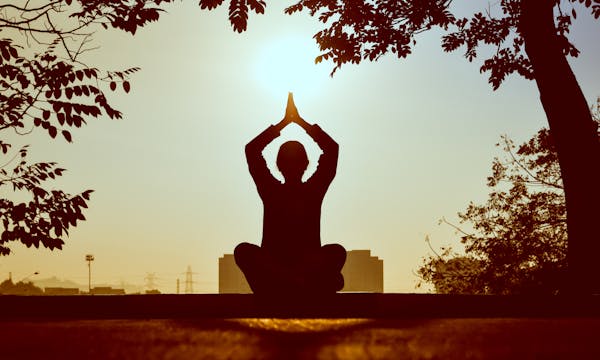
Those who are experiencing soreness in the back might reap the therapeutic benefits of yoga as well. In 2013, the Clinical Journal of Pain published the findings of a systematic review that demonstrated yoga’s efficacy in reducing recurrent episodes of low back pain.
Yoga experts say that the practice of yoga can help relieve back pain by relaxing tension, boosting strength and flexibility, and encouraging more regular and in-depth breathing.
Because one of the primary purposes of yoga is to help you relax, it stands to reason that participating in yoga would reduce the amount of tension in the muscles and make the pain appear less intense.
3. Do Mindful Meditation

When you meditate, you experience a reduction in not only your ability to concentrate but also your levels of stress, tension, and anxiety. Through the practice of meditation, you have the ability to change the way that your body processes pain.
Make it a habit to sit in a dark, quiet room first thing in the morning and meditate for five to ten minutes. Either during your lunch break at work or right before you go to bed at night or both, you can practice meditation.
Try some activities that focus on deep breathing instead of meditating if you’re not a lover of sitting still for long periods of time. Take ten slow, deep breaths in a succession to calm yourself down.
4. Always Sit in a Good Posture
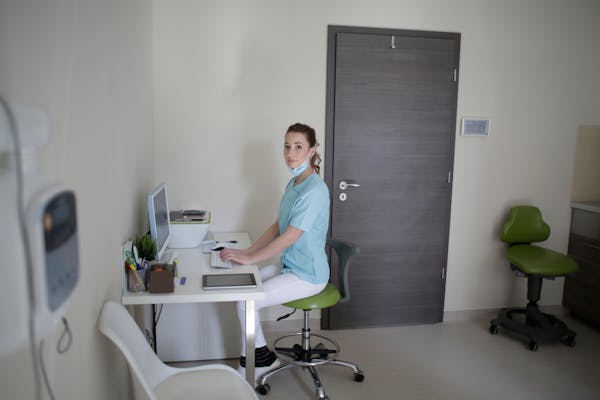
It’s not good for your health to slouch around. Back pain can be made worse by sitting in uncomfortable positions for long periods of time, especially if those positions are unnatural. Avoid slouching while you are at the keyboard.
Do not slouch; rather, keep an upright posture by releasing your shoulders and gently leaning back on the back of the chair you are sitting in.
You might find it helpful to use a pillow or a rolled-up towel to support your lower back while you do this. Make sure that both of your feet are firmly planted on the ground.
5. Soothe Yourself in a Pool

Because of the buoyancy of the water, you may be able to get solid exercise while reducing any discomfort that you would normally feel from the activity.
The control of nerve and muscle function is included in the list of pain-relieving effects that come from exercising in water.
Some types of water workout programs and hydrotherapy facilities have pools that are kept at a warmer temperature.
People who participate in water therapy exercises often do so in water that has a temperature ranging from 83.1 to 88.1 degrees Fahrenheit. The water in hydrotherapy pools is typically heated to a temperature of approximately 90 degrees.
6. Start With Gentle Stretches

It sounds like the best thing to do would be to lie down and get some rest till the pain in your back goes gone, right? Never in a million years!
A prolonged period of bed rest can aggravate certain types of back pain, while a combination of stretching and strength training can help reduce other types of back pain.
Beginning with gentle stretches, observe what helps you get moving again without experiencing pain, and build from there.
Take a walk and go at a slow pace at first, but if you feel like picking up the pace, you can do so. Keep in mind that before beginning any new exercise program or making any significant changes to your current fitness routine, you should first discuss your intentions with your primary care physician.
7. You Can Use Back Pain Relievers Medicines

Nonsteroidal anti-inflammatory drugs, sometimes known as NSAIDs, and acetaminophen are two types of pain medications that are available without a prescription and are frequently helpful for treating back pain.
Both of these treatments have the potential to have adverse effects, therefore they might not be appropriate for all individuals.
Do not take non-steroidal anti-inflammatory drugs (NSAIDs) for your pain without first consulting your doctor.
Also, you shouldn’t automatically assume that taking painkillers will be enough to make you feel better on your own. According to the findings of this research, you might require a variety of treatments.
8. Have a Self-Heating Patch on the Hand

Carrying a heat patch that kicks on when it comes into contact with the body is a useful accessory to have on long car drives or to have in the drawer of your desk or bedside.
With the assistance of these heat patches, which also have the additional virtue of being discrete enough to be worn under clothing, you might be able to gain rapid relief from the soreness in your back.
It is important to follow the application instructions carefully and remove the patch on a regular basis to prevent skin damage. Certain heat patches can provide even more intense pain relief since they are infused with medicines.
9. Get Help with Physical Therapy
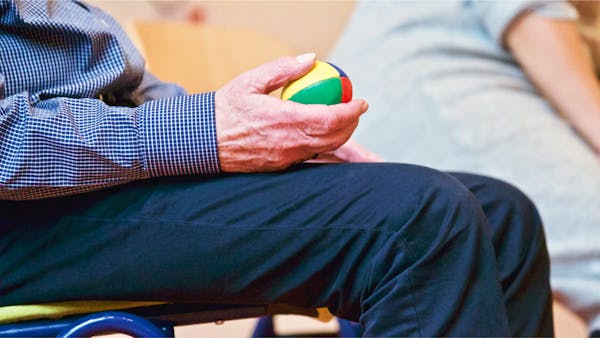
Your pain in the back can be alleviated by following the instructions of a physical therapist on how to properly move, stand, and sit.
They will be able to demonstrate a series of targeted exercises that will help you build strength in the muscles that are located in your abdominal region. These muscles are crucial for maintaining the stability of your spine.
Working on improving your core strength is the most effective way to prevent further episodes of back discomfort.
It has been demonstrated that strength exercise, flexibility training, and endurance training can all reduce back pain over time; however, this reduction may occur more gradually for some individuals.
10. Take Electric Stimulation Treatment
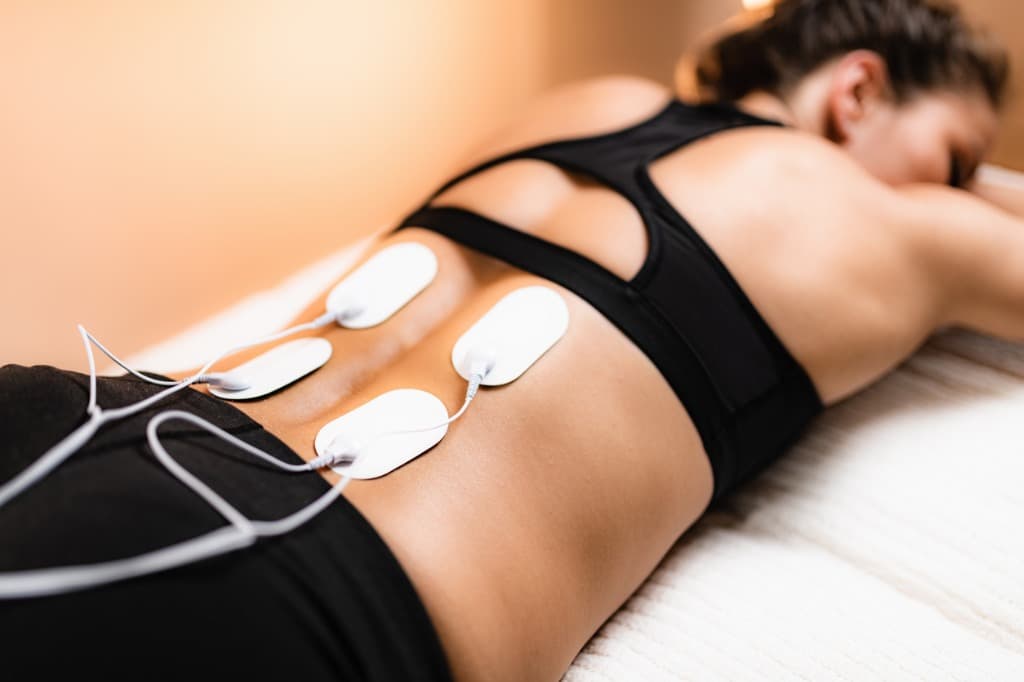
Electrodes on the surface of the skin are used to transmit low-voltage electrical currents from devices known as transcutaneous electrical nerve stimulators (TENS). These devices are portable and powered by batteries.
It is believed that the reason why TENS machines, which are generally acknowledged to be risk-free, are helpful is that they literally prevent the brain from receiving the signal of pain.
Additionally, it has been postulated that the release of endorphins as a consequence of the electrical impulses fully masks any pain that would otherwise be perceived.
Despite the fact that many people who suffer from back pain have found relief with the use of TENS units, their effectiveness has not been clearly proven in scientific investigations. Talk to your primary care physician or a physical therapist if you are unsure whether or not this treatment is appropriate for you.
11. Take Weekly Massage

What are your plans after you stand up? Can massage help relieve pain in the back? According to a new study, people who suffer from chronic back pain and who receive massage therapy on a weekly basis for a period of ten weeks report experiencing reduced pain and improved function.
The advantages were retained for about a year, with a diminishing rate of effectiveness after the initial six months. One further option involves manually adjusting the spine.
When carried out by an appropriately qualified medical practitioner, this treatment has the potential to address structural abnormalities in the spine and restore lost mobility.
12. Relieve Back Pain Through Biofeedback
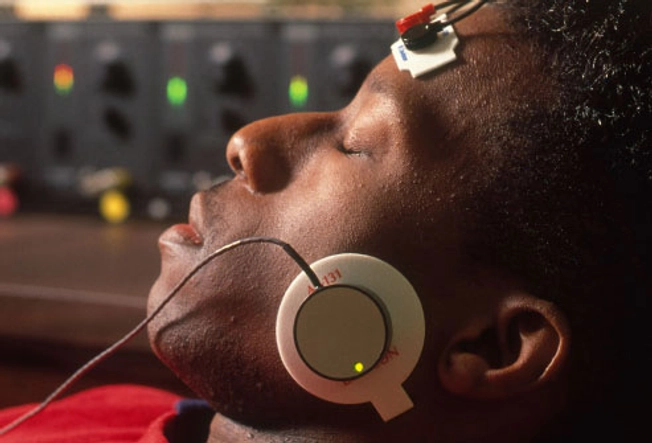
You can learn to control your brain’s response to pain with the help of biofeedback, which involves the utilization of specialist equipment.
A person’s blood pressure, heart rate, breathing rate, and muscle tension can all be brought under control by the use of relaxation techniques.
According to a number of studies, the intensity of back pain is decreased by around thirty percent, making it more beneficial than medication. The most appealing aspect is that there is zero possibility of failure.
13. Through Spinal Injections
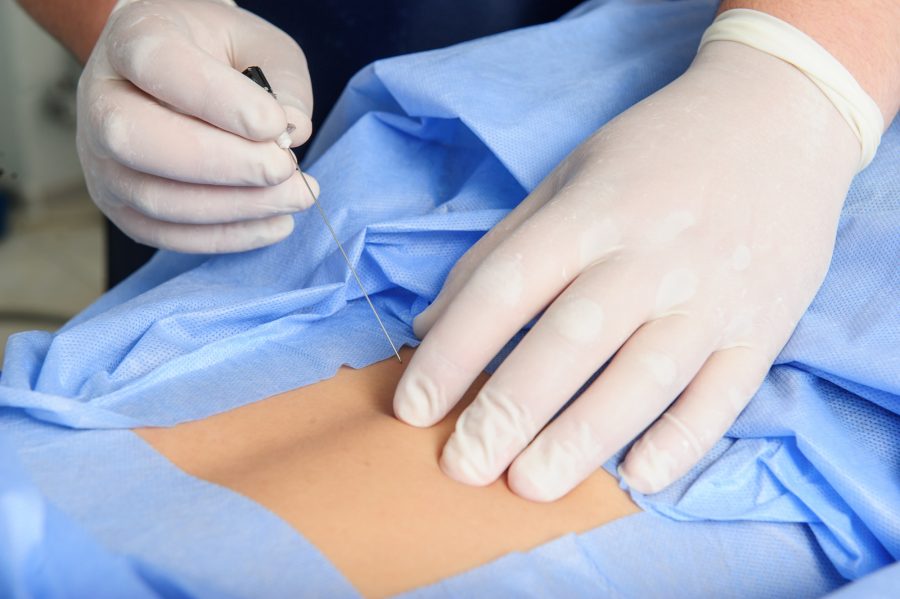
In the event that you are experiencing pain in your back, your physician may recommend that you have a spinal injection. Injections are one of the many tools that can be utilized by pain management specialists within the medical community.
Injections of corticosteroids, for example, can help lessen the inflammation that is causing the discomfort. Depending on the kind of injection you get, your primary care physician can set a limit on the number of times per year that you get shots.
14. Back Surgery
If your doctor suspects that a bulging disc is the cause of your nerve pain, he or she may suggest that you have a discectomy.
Laminectomy is another option that may be advised to alleviate the pressure that is being placed on the spinal cord or nerves.
Spinal fusion is a surgical procedure that can be performed to help stabilize the spine. These procedures, like any others, have the potential to end in failure.
As a result, it is inappropriate to consider them as alternatives until after all other options have been exhausted.













